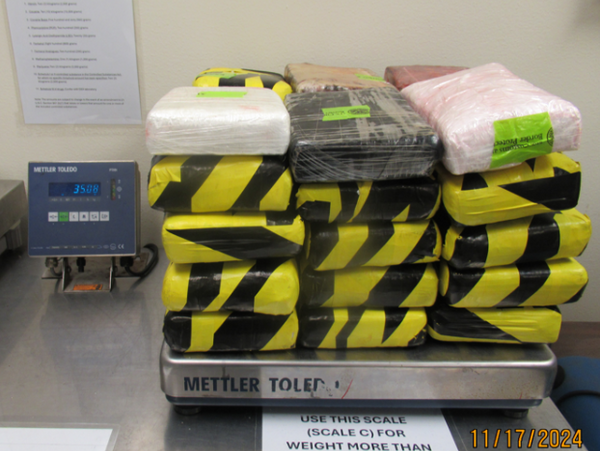
It may not be a one-time check, but Americans have more opportunities to access financial stimulus than they may realize. From tax-based stimulus to reduce your taxable income to programs that help pay bills for expensive heating and cooling costs, chances are good you will bookmark these available resources after reading this article.
Find Out: Fidelity Says This Is a Surprising Risk of Holding Too Much Cash — Do You Have Too Much?
Explore More: How Far $750K Plus Social Security Goes in Retirement in Every US Region
GOBankingRates spoke to Eric M. Steffy, founder and CEO at Federal Solutions Support, to find out which known and lesser-known resources are worth taking advantage of for a financial boost. You may be eligible for one (or more) of these stimulus programs.

Tax-Based Stimulus Payments
You might be able to receive various tax credits and tax breaks. The standard deduction doesn’t require filing any additional forms and automatically reduces your taxable income.
Steffy recommends looking into the earned income tax credit (EIC), child tax credit, American Opportunity & Lifetime Learning Credits and the Saver’s Credit. These refundable programs need to be applied for and may or may not be applicable to your financial circumstances, but they can make a difference for your bank account — even if you don’t owe anything in taxes. For example, if you made eligible contributions to your retirement plan, you might be able to take a tax credit through the Saver’s Credit.
That’s Interesting: 3 Signs You’ve ‘Made It’ Financially, According to Financial Influencer Genesis Hinckley
Learn More: I’m a Financial Advisor — My Wealthiest Clients All Do These 3 Things

Consumer Subsidies
There are several types of resources that help reduce the cost of groceries, internet and phone services. The Supplemental Nutrition Assistance Program (SNAP), provides food benefits to lower-income families while WIC provides women, infants and children with healthy foods, nutrition education and counseling at no cost. For those with children attending school, Steffy said the School Meal Program makes free or low-cost lunches available to children.
If you’re having a hard time managing your phone and/or internet bills, Steffy recommends looking into the Affordable Connectivity Program and Lifeline.
“These are federal programs that offer discounts of up to $9.95 a month, to help low-income households afford internet and phone services needed for work, school and healthcare.”
Read Next: If You’re Thinking About Getting a CD, Suze Orman Says You Should Do It Now — Here’s Why

FERS Special Retirement Supplement
Certain federal employees may qualify for the FERS Special Retirement Supplement. According to Steffy, this financial bridge provides income until a retiree can start collecting Social Security benefits.
“Federal employees also receive an extra life insurance benefit, at no cost, before age 35 under the FEGLI plan,” he said. “Additionally, paid leave accruals (vacation and sick leave) have a real cash value if carried over to separation.”

Energy and Housing Assistance Programs
You may be eligible for energy and housing assistance programs. If you itemize your taxes, Steffy said you can take the mortgage interest deduction. Your state of residence may also offer property tax relief programs to seniors, veterans and those receiving disability care.
Need help paying with high heating and cooling bills? Look into the Low-Income Home Energy Assistance Program (LIHEAP). Another resource worth applying for is the Weatherization Assistance Program. This program offers free home improvements to eligible households to lower utility costs. According to the U.S. Department of Energy, households save an average of $372 or more annually through weatherization improvements.

Health Insurance Premium Contributions
You’re doing more than buying benefits when you pay for your health insurance premiums, 401(k), health savings account (HSA), flexible savings account (FSA) and thrift savings plan (TSP) contributions. You’re lowering your taxable income at the same time.
“When money is deducted from your paycheck to invest in health benefits or retirement, this investment comes from your pre-tax pay before federal income tax is calculated,” Steffy said.
Steffy uses the example of an HSA that gives you an immediate tax deduction, allows for tax-free growth and lets you make a tax-free withdrawal of this money for qualifying expenses.
“If you earn $85,000 and are in the 22% federal tax bracket and make an HSA contribution of $9,550, you’ll save $2,101 in federal taxes and $1,200 in FICA and state taxes,” Steffy explained. “That’s a hidden stimulus payment to you of over $3,000.”
More From GOBankingRates
This article originally appeared on GOBankingRates.com: 5 Kinds of Financial Stimulus You Already Get Without Even Knowing It







